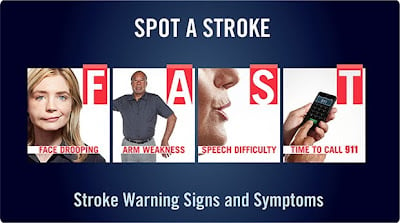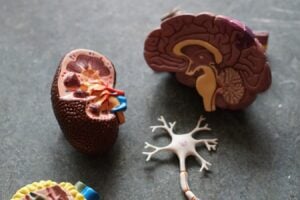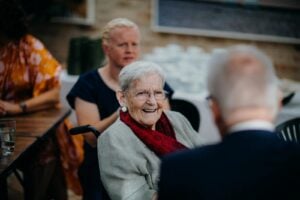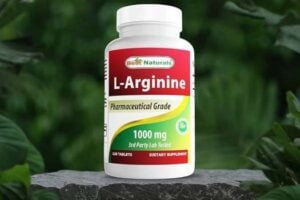Women with clot-caused strokes are less likely than men to arrive at the hospital in time to receive the best treatment, according to a European study reported in the American Heart Association journal Stroke.
In the study, 11 percent of women with acute ischemic strokes were treated with the clot-dissolving medication alteplase, compared with 14 percent of men. Study participants included 5,515 patients at 12 hospitals in the Netherlands.
In the U.S., Here’s What to Do:
Researchers found no gender gap when they looked only at patients who arrived at the hospital within four hours of the onset of symptoms in this study. Forty-two percent of men and women arriving within the four-hour window received alteplase.
“Our study showed that women in the Netherlands were treated just as often with thrombolytic agents as men once they arrived in time for treatment,” said Inger de Ridder, M.D., lead author of the study and AIOS Resident of Neurology at Erasmus University Medical Center in Rotterdam, The Netherlands.
The gender gap in treatment may be due to delays in getting to the hospital, researchers said. Women arrived at the hospital an average 27 minutes later than men, and a smaller percentage of women (27 percent) than men (33 percent) arrived at the hospital within the four-hour window.
Furthermore, women in the study were an average four years older and may consequently have been more likely to live alone, which would make it more difficult to summon help. Stroke severity was similar for men and women.
“More education about stroke symptoms is needed, and also more research to find out why women arrive later at the hospital,” de Ridder said.
The findings may also apply to patients in the United States, researchers said.
Stroke symptoms include: drooping or numbness in the face; weakness or numbness in the arms; and speech difficulty. Stroke is the No. 4 cause of death and the leading preventable cause of disability in the United States.












